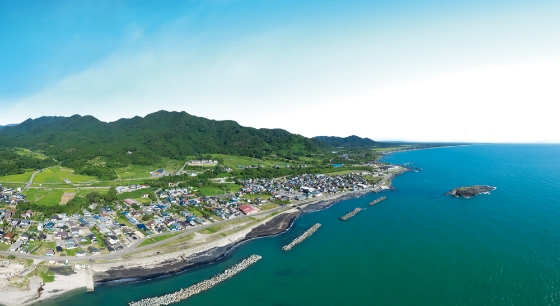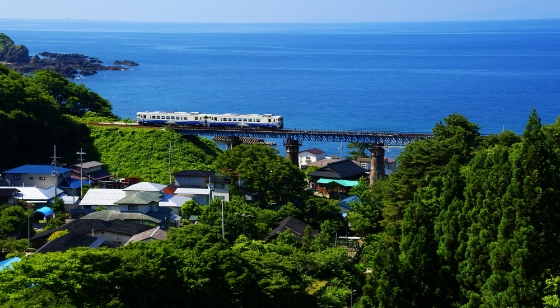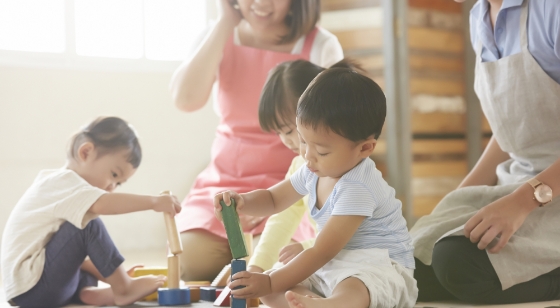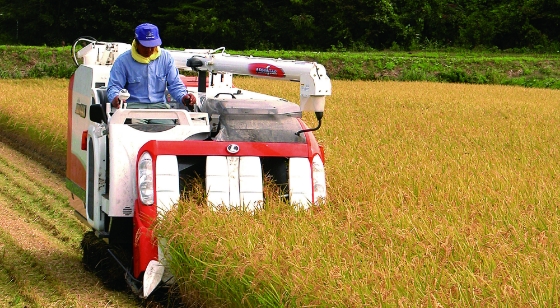I will show you some great sight in our town!
Contact: Happo Tourism Association http://www.happouta.jp/home/
Soba has been made in the Ishikawa district of the town of Happō in much the same way for over 300 years. While this nationwide staple is usually made from a mix of buckwheat flour, wheat flour, and water, Ishikawa soba has an added ingredient: soymilk. This special addition gives the noodles a firmer texture and a slight sweetness.
Ishikawa chefs start with a ratio of 80 percent buckwheat flour to 20 percent wheat flour, then add soymilk to create the dough. From there the process resembles standard soba preparation, except that the noodles are cut slightly thicker than is typical. Ishikawa soba is generally sold pre-cooked, giving it a three- to four-day shelf life. This makes it impractical to transport long distances, so almost all Ishikawa soba is sold and consumed locally.
Another distinguishing feature is the presentation. While soba is often served hot in winter and cold in summer, Ishikawa soba is nearly always eaten hot. It comes in a chicken-flavored broth and is topped with sliced green onion (negi) or occasionally with grated Japanese yam (tororo).
Nearly 300,000 square meters of Happō are planted with buckwheat. The variety used in Ishikawa is fast-growing, allowing two harvests per year—one in July and August and the second in November and December. The crop is grown mostly organically, and insecticides are avoided because pollination of the buckwheat depends on insects.
Ishikawa soba is served in the restaurant at the Michi no Eki Minehama rest area on National Route 101. Pre-boiled noodles and buckwheat flour are also for sale, and visitors can even try their hands at making soba on-site.
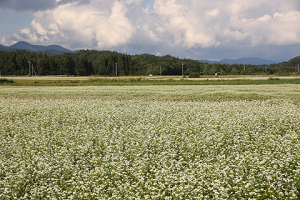
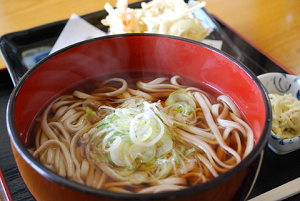
* This English-language text was created by the Japan Tourism Agency

